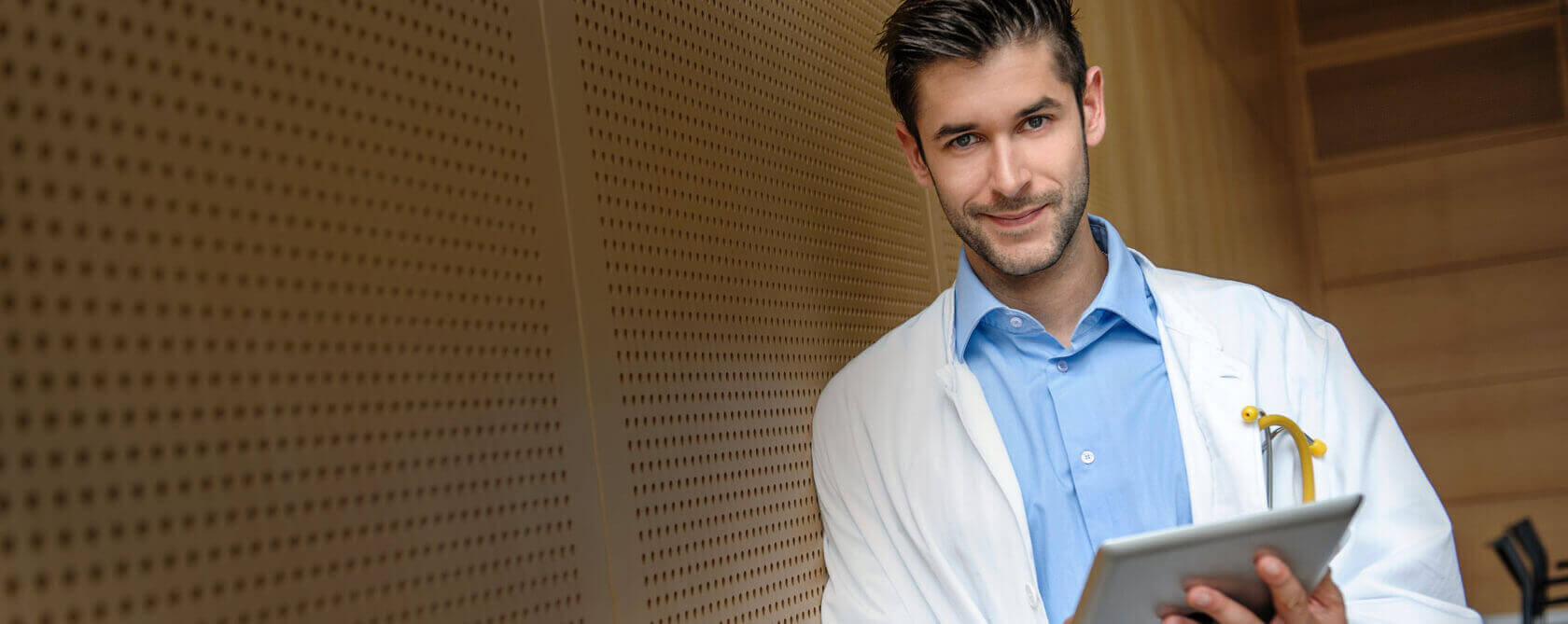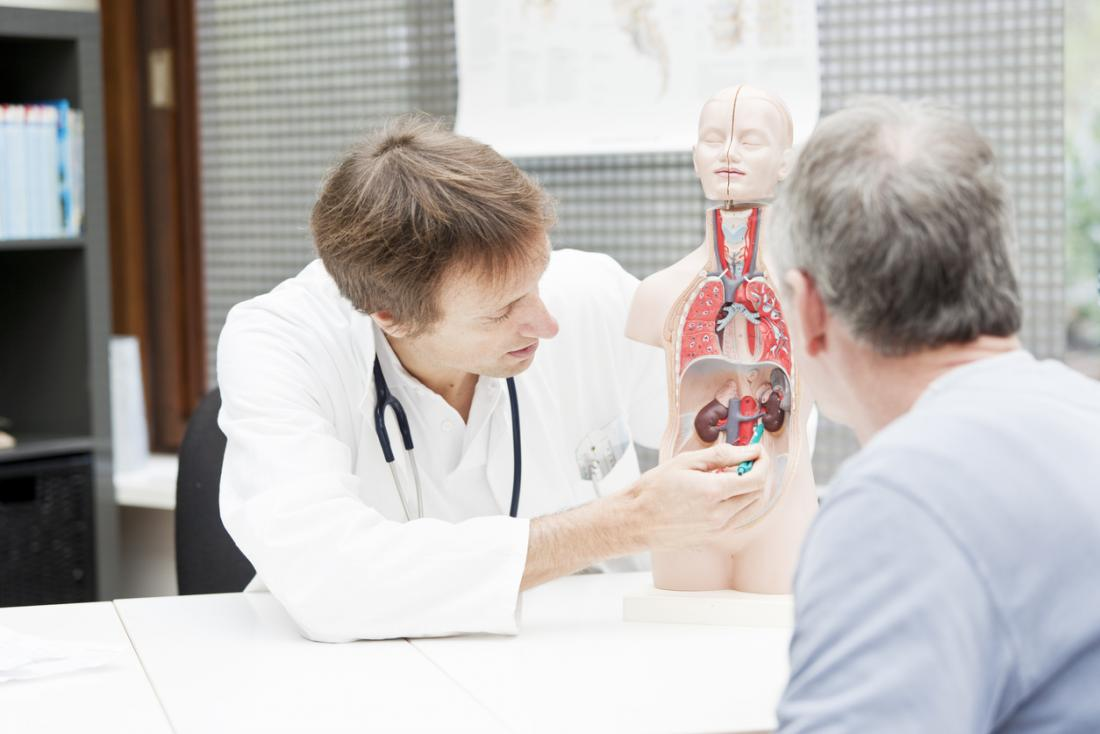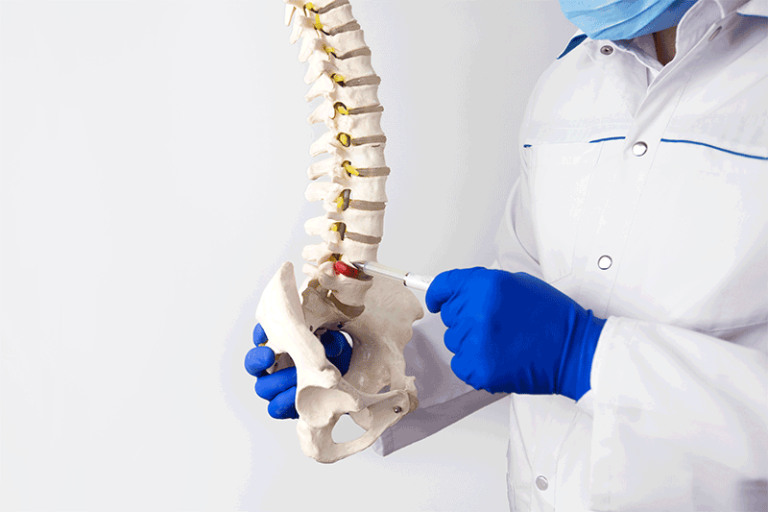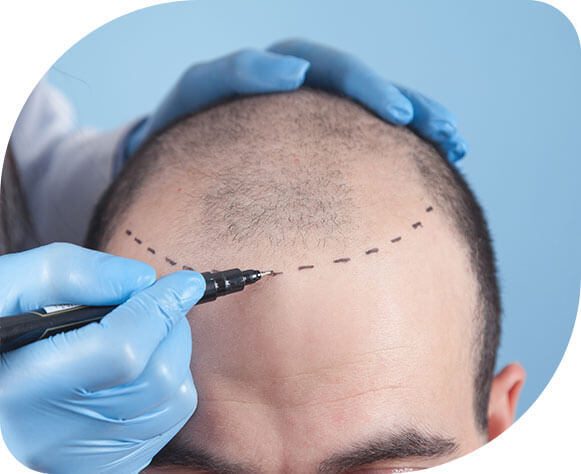Both clinical and surgical methods can be used in the treatment of common urological disorders. Urological disorders, which concern millions of men and women around the world, have a high success rate with the right choice of treatment. In this process, Prometeymed is with patients every step of the way, from diagnosis to treatment, from transportation to accommodation, from surgical intervention to post-treatment care services…
Urology Treatments
Urology is a specialty in medicine that deals with the male and female urinary tract and the reproductive system in men. Urologists can serve as surgeons as well as clinical doctors. In the process of urology treatment, urology doctors not only examine and diagnose urological problems, but also perform surgeries and procedures that can be diagnostic or help solve problems. There are several sub-specialties within the urology specialty. Some urologists focus on congenital defects of the urinary tract or reproductive system, especially in children. Others may specialize in urinary tract cancer or work with gynecologists to solve problems specific to women, such as stress incontinence.
Urology-related health problems
There are several reasons why people may seek advice, diagnosis or treatment from a urologist. People suffering from urinary tract problems, which are not uncommon, may need surgery to correct these conditions. In other cases, kidney disease, unresolved bladder infections, persistent bladder or kidney stone formation, erectile dysfunction or incontinence may be reasons to see a urologist.
Men’s health
Urology problems cover many different conditions affecting the urinary tract system and reproductive organs. Here are some of the most common urology problems affecting men:
- Benign Prostatic Hypertrophy (BPH): The non-cancerous swelling and enlargement of the prostate is called BPH and is usually a problem in men over the age of 50. BPH can cause frequent urination as well as difficulty urinating.
- Erectile Dysfunction: A problem that causes a man to be unable to get or maintain an erection for sexual intercourse.
- Incontinence: Involuntary or unintentional urination and is often a symptom of other urological disorders. Incontinence can occur while walking, running, laughing, coughing and other normal activities.
- Infertility: Infertility is the inability to conceive despite 1 year or more of unprotected sexual intercourse.
- Prostate Cancer: Cancer affecting the prostate gland, which produces a fluid that protects sperm.
- Prostatitis: A non-cancerous inflammation of the prostate gland that often causes difficulty urinating, pain, chills and discomfort or pain in the genitals is called prostatitis.
- Testosterone Deficiency: When a man’s body does not produce enough testosterone, it is called testosterone deficiency. It is usually characterized by loss of sex drive, depression and difficulty concentrating.
If you suspect you have any of these conditions, it is healthy to see your doctor. The earlier you treat urological conditions, the fewer problems you will have in the long run.
Here are some symptoms of urology problems in men:
- Difficulty urinating
- Pain or burning when urinating
- Blood or other discharge in the urine
- Fire
- Tremor
- Low back pain
- Pain in the genitals
Penile Prosthesis
Penile prosthesis is a form of surgical treatment for men suffering from erectile dysfunction. Men with erectile dysfunction usually resort to medication as a first option. If the medical treatment does not work, or if after some time the medical treatment no longer works, a surgical procedure can be performed to insert a penile prosthesis that allows the man to remain sexually active.
Men can now choose between two penile prostheses: the inflatable prosthesis and the contourable prosthesis. Both procedures must be performed surgically.
The malleable prosthesis consists of two flexible rods that are inserted into the penile erectile chambers. This type of penile prosthesis causes the penis to remain semi-erect at all times.
The inflatable prosthesis is mostly preferred by men. With this procedure, two cylinders are inserted into the penis. The tube is then connected to a fluid reservoir implanted under the groin muscles. A pump is placed under the scrotal tissue and connected to the tube.
There is usually no visible scarring on the penis after the implantation procedure is done, except for a single small incision. Implantation does not affect the male orgasm and ejaculation remains normal. The sensation of the penis also usually remains the same. However, after a penile prosthesis has been implanted, the man can no longer achieve an erection naturally.
Penile curvature operations
The following medical conditions are some of the possible causes of penis curvature.
- Peyronie’s disease
- Urethral stricture
- Hypospadias
- Penis injury
Penile curvature is characterized by an abnormal angle of the erect penis. Two thirds of men with a curved penis experience pain. In most cases, the curve disappears within a few months and disappears without treatment. Curvature of the penis is not harmful on its own, but severe bending that occurs irregularly can make sexual intercourse difficult or almost impossible.
To solve penile curvature, doctors usually recommend surgery for severe cases, for example those who have difficulty with intercourse or experience a lot of pain, because the side effects of penile curvature surgery can be severe. Side effects of penile curvature surgery include shortening or narrowing of the penis, numbness and erectile dysfunction. The side effects can be frightening, but surgery can provide relief when nothing else has worked and is therefore seen as a good option as a last resort. Surgery can take several different routes: First, the unaffected side of the penis can be sutured to straighten the penis; for more severe cases, incision and transplantation can be used; and finally, a penile implant can be used to help the patient maintain an erection.
Treatments for kidney stones
Symptoms of kidney stones include pain in your back or sides, blood in your urine and nausea/vomiting in addition to the pain. Most kidney stones are the size of a chickpea, but they can be as small as a grain of sand and as big as a golf ball. Small stones can pass through your urinary tract, but larger ones may require surgery.
Once you have been diagnosed with kidney stones, your health care provider will first determine whether you need treatment. Some small kidney stones can leave your system when you urinate and this process can be very painful. If your doctor decides that you need treatment, both medication and surgery may be recommended to treat kidney stones.
There are four types of surgery used to treat kidney stones. The first three are minimally invasive, meaning the surgeon enters your body through a natural opening, such as the urethra, or makes a small incision.
- Ureteroscopy: To perform this procedure, a small instrument called a ureteroscope is inserted into your urethra. This instrument shows the kidney stones and then removes them in a surgical “basket” or breaks them into pieces using a laser. These smaller pieces of kidney stones can then easily leave your body through your urinary tract.
- Shockwave lithotripsy: In this procedure, you are placed on a special surgical table. High-energy shock waves are sent through water to the stones. The shock waves break up the stones, which can leave your body relatively easily.
- Percutaneous nephrolithotomy: When kidney stones cannot be treated with other procedures – either because there are too many stones, because the stones are too large or heavy, or because of the position of the stones – percutaneous nephrolithotomy is considered. In this procedure, a tube is inserted directly into your kidney through a small incision in your back. The stones are then broken up by an ultrasound probe and sucked out so that you do not have to pass any fragments through your system. After the procedure, a urethral stent (an inner tube that goes from the kidney to the bladder and is removed after a week) is placed. Patients are usually kept overnight for observation.
- Open stone surgery: A longer incision is used during this surgery. Compared to minimally invasive procedures, it is rarely performed.
Laparoscopic Uro Oncology
Uro oncology or urologic oncology is a cancer discipline that deals with cancer of the male and female urinary tract as well as the male reproductive organs. Urologic oncology deals with the diagnosis, staging and treatment of urologic cancers affecting the bladder, kidney, prostate, penis and testicles.
A urologic oncologist is a qualified and trained surgeon who provides urologic cancer treatment. When a patient has urologic cancer, surgery is usually the first treatment recommended. This is especially true in the early stages of cancer. As the cancer progresses, surgery is used in combination with other techniques such as chemotherapy, radiotherapy and immunotherapy.
Today, Uro Oncology can also utilize laparoscopic methods to perform successful and comfortable operations.
Laparoscopic prostate cancer surgery:
Laparoscopic prostate surgery is used to remove all or part of a man’s prostate gland, usually because of prostate cancer. Unlike traditional open prostate surgery, which requires a fairly large incision, laparoscopic prostate surgery uses many small incisions. Laparoscopic surgery reduces recovery time and pain from the incision and may reduce the chance of side effects, but there are both pros and cons to this fairly new procedure for prostate surgery.
Laparoscopic surgery has many advantages over open surgery in general. Smaller incisions mean less bleeding, less pain and shorter recovery time for most patients. With regard to prostate surgery specifically, laparoscopy-based surgery can facilitate the preservation of the nerves surrounding the prostate, thus minimizing the risks to erectile and urinary function for men associated with the operation.
Laparoscopic bladder cancer surgery:
The bladder, which holds your urine after it has been filtered by your kidneys, may require surgery for various reasons, including bladder cancer. Your bladder may need to be removed or you may need a reconstructive procedure. Today, there are many different types of bladder surgery.
Laparoscopic surgery is a technique used to treat bladder cancer before a radical (or in rare cases partial) cystectomy is performed. The operation involves removing the bladder. Laparoscopic surgery tends to replace open surgery in the radical treatment of bladder cancer.
Laparoscopic bladder cancer surgery is performed when a tumor is invasive, i.e. more aggressive.
The main goal is to remove the entire tumor, either by removing the entire organ or, in rare cases of partial cystectomy, part of the organ. Other adjacent organs may also need to be removed.





